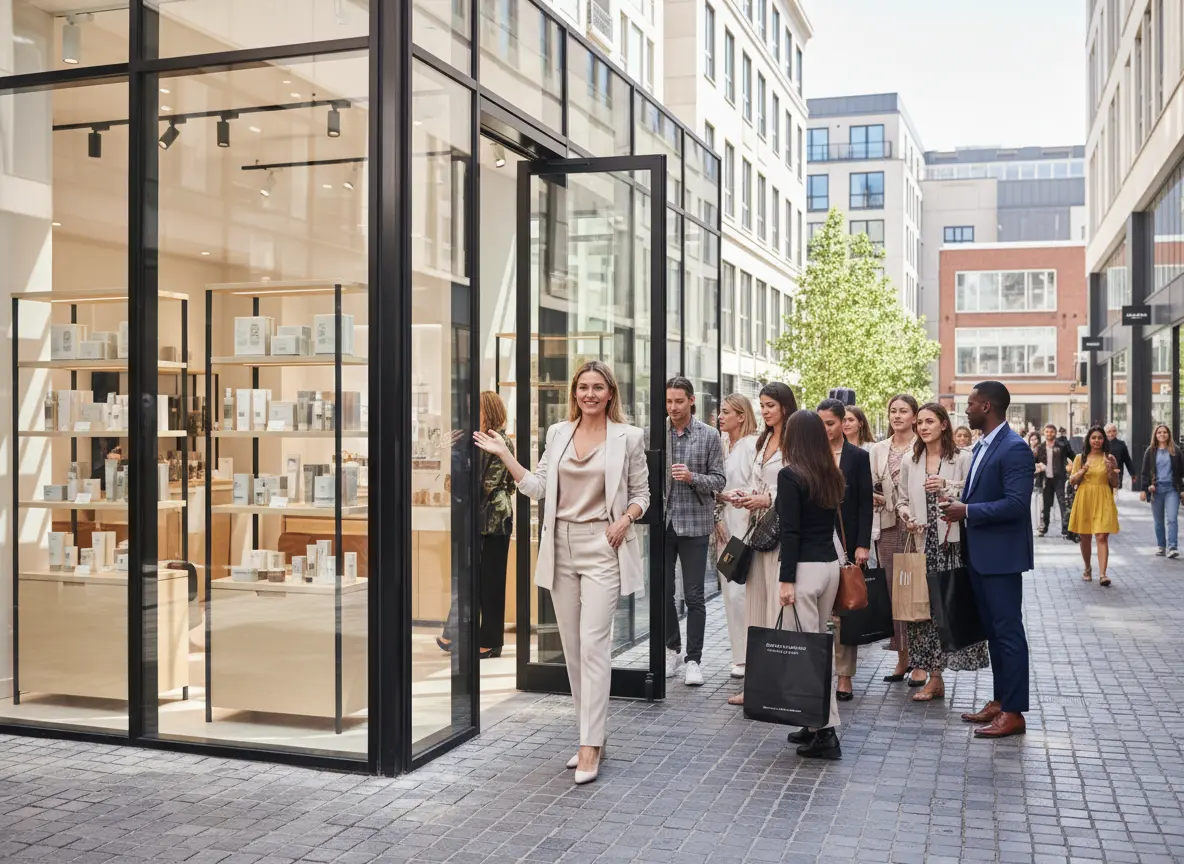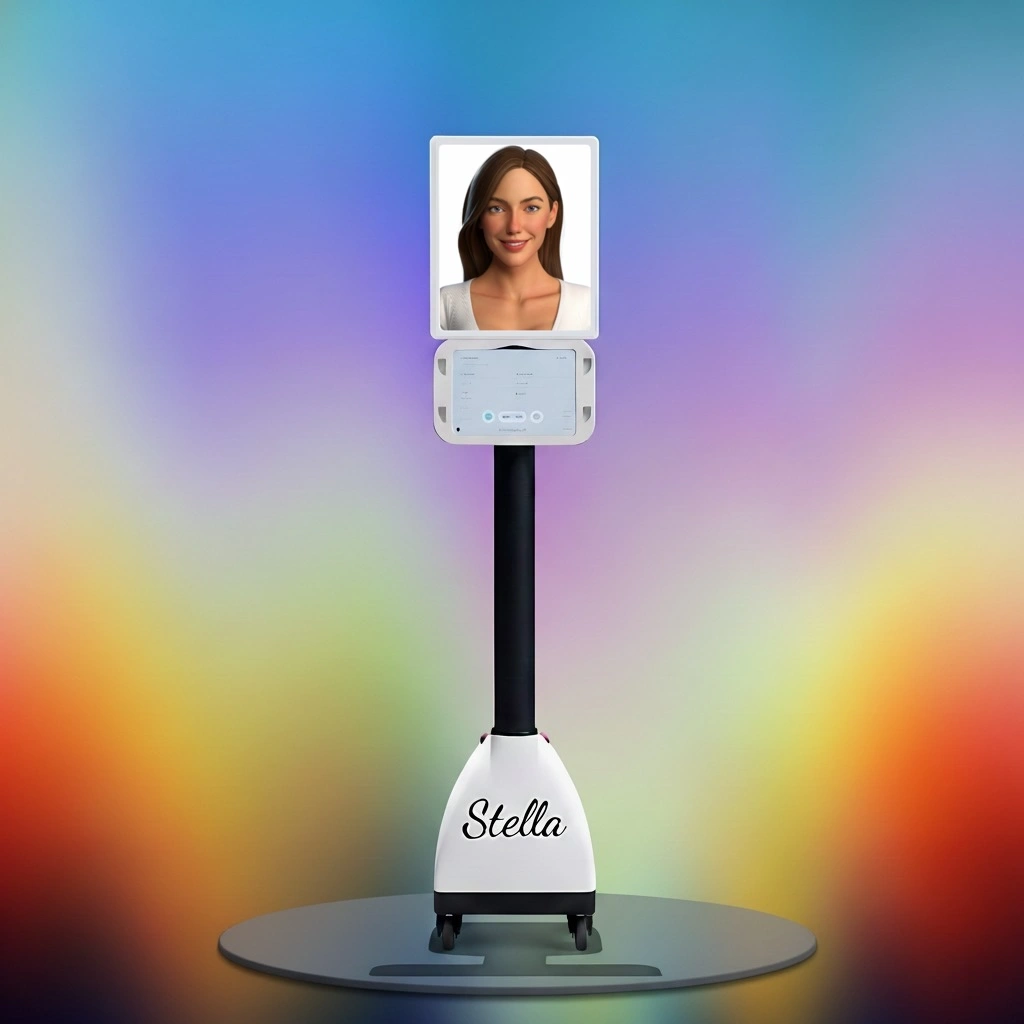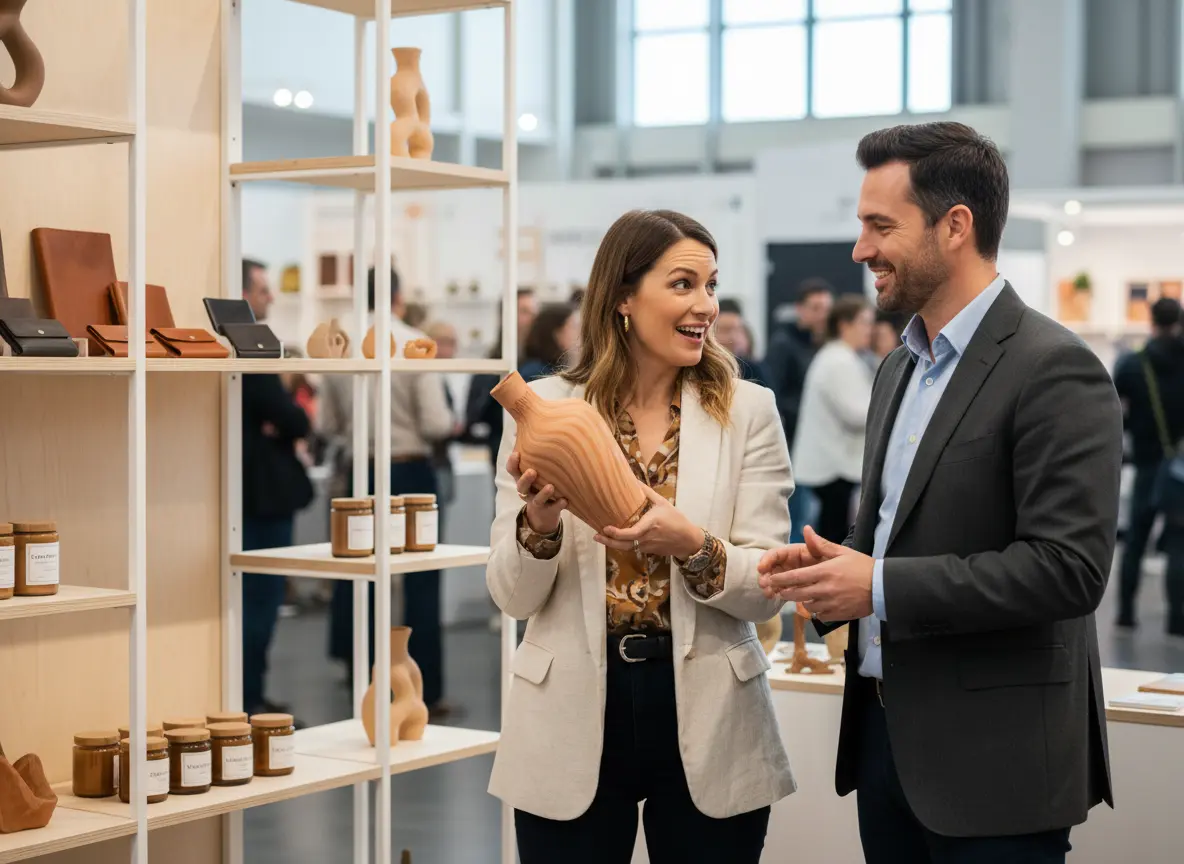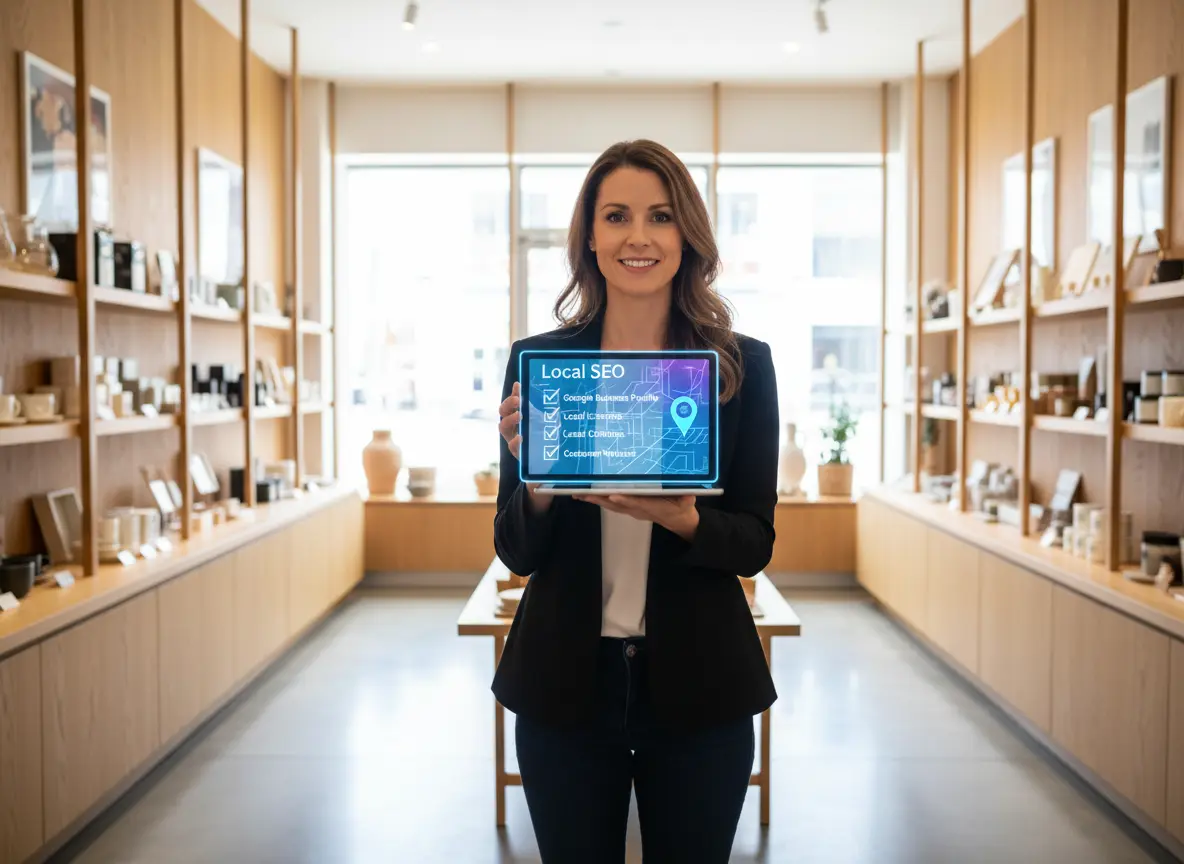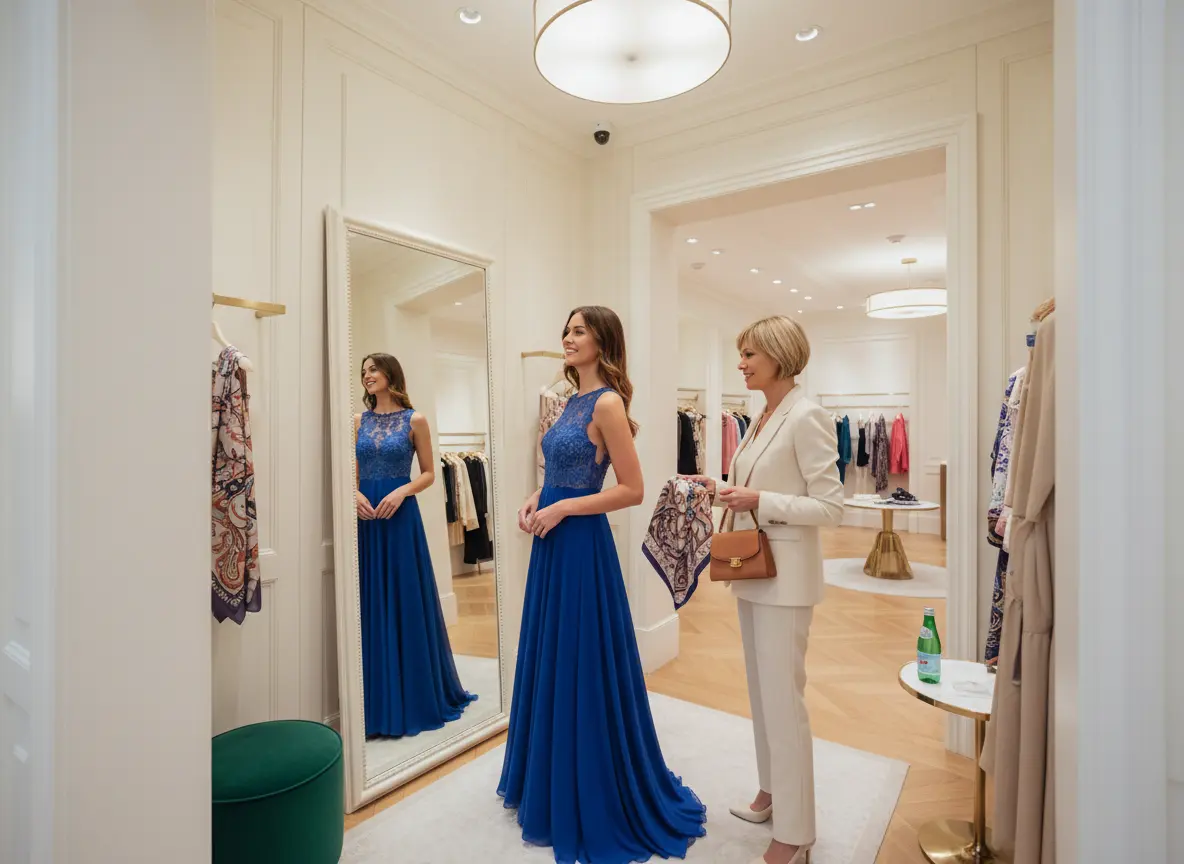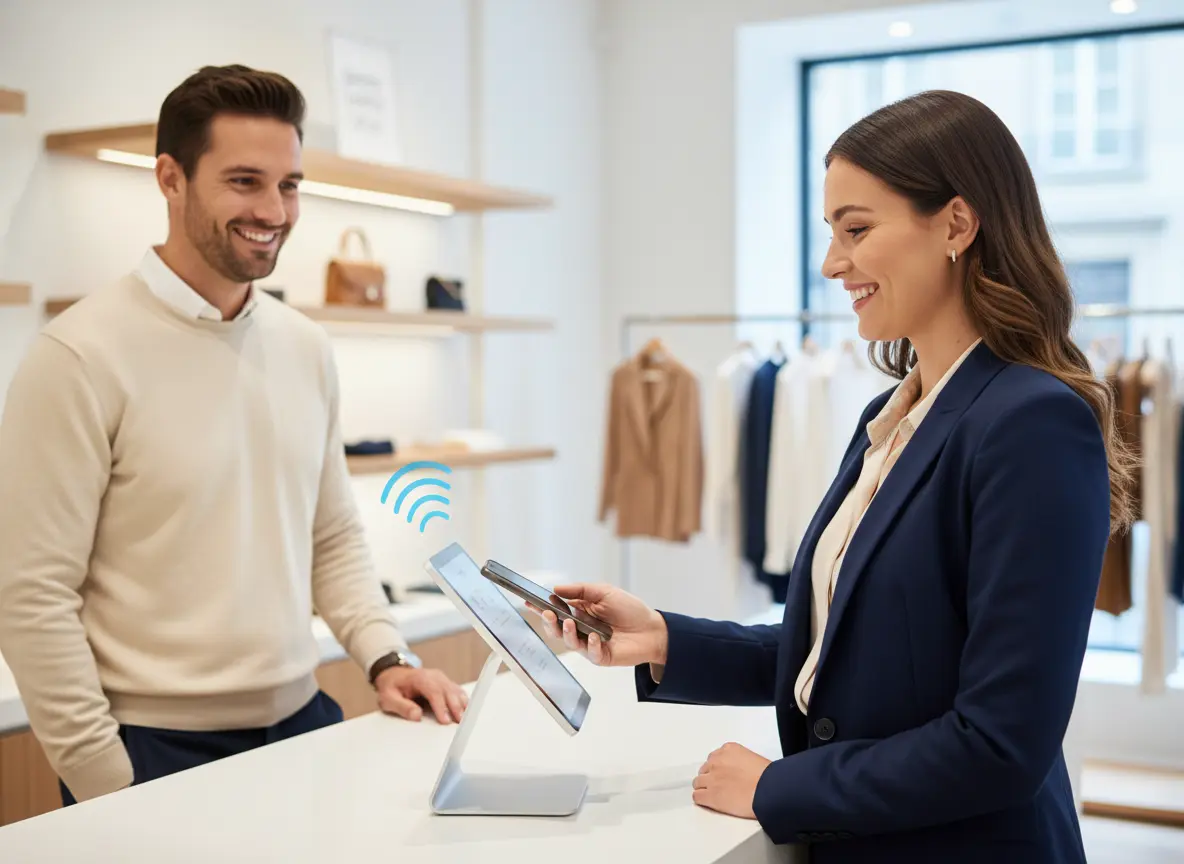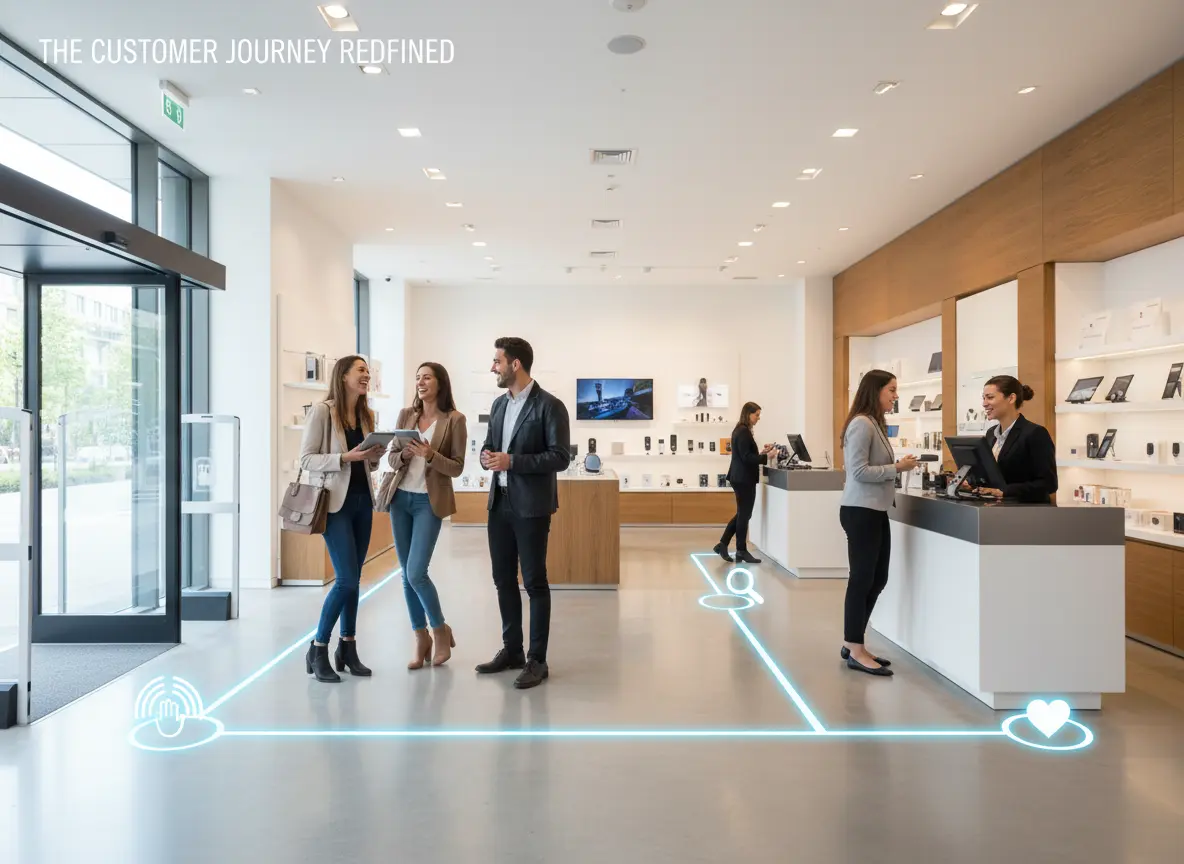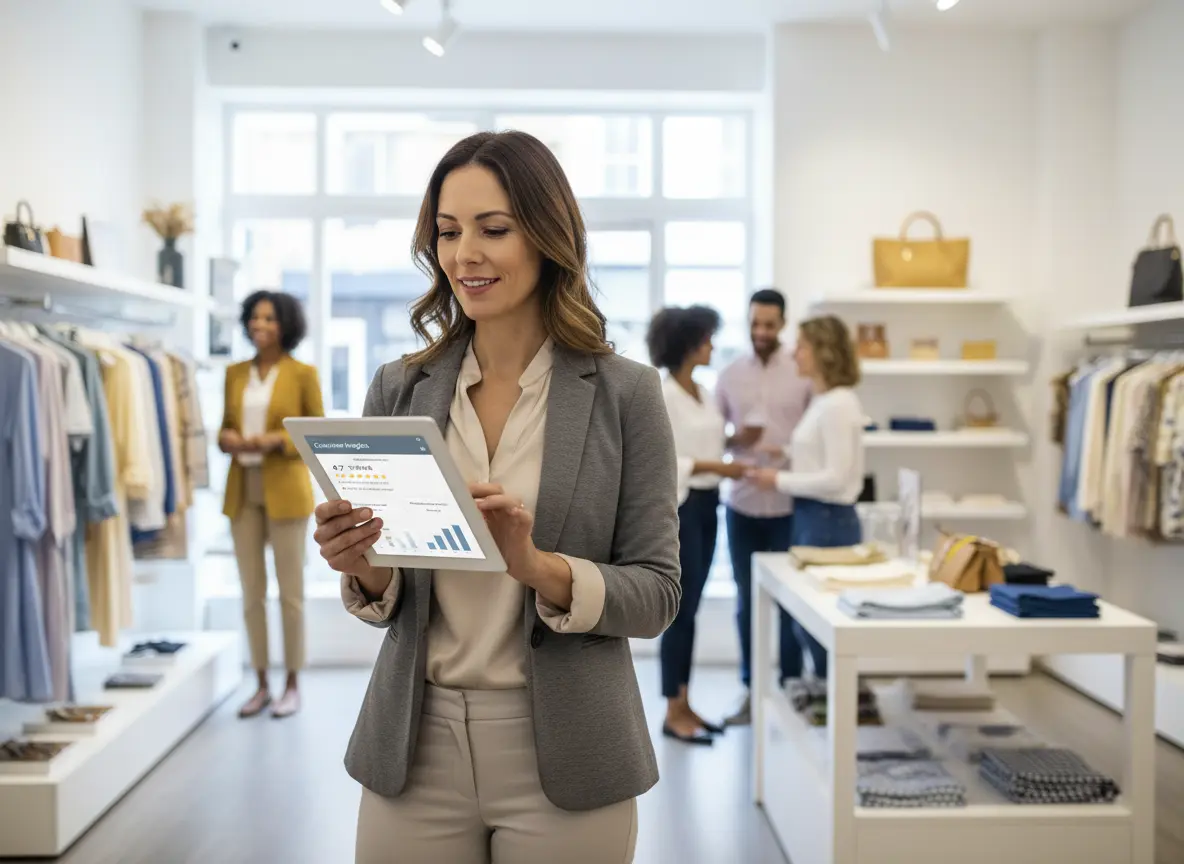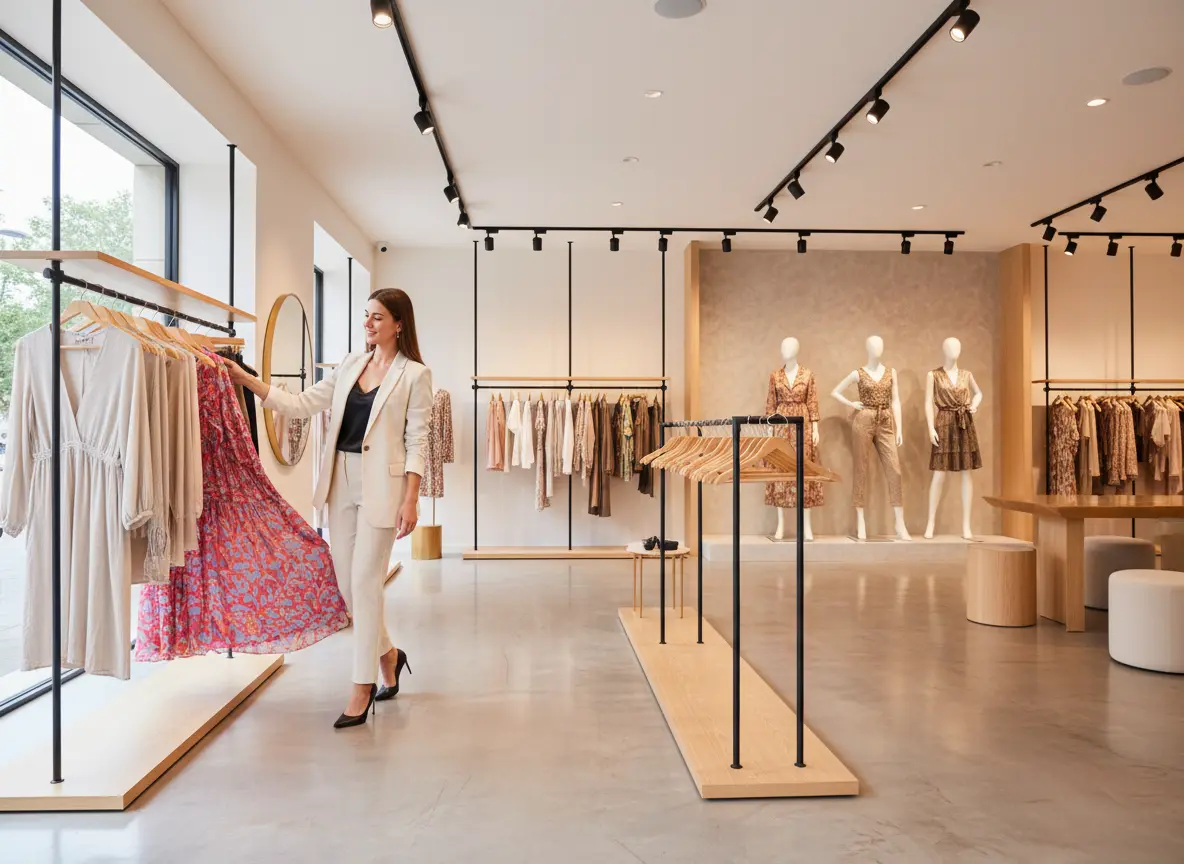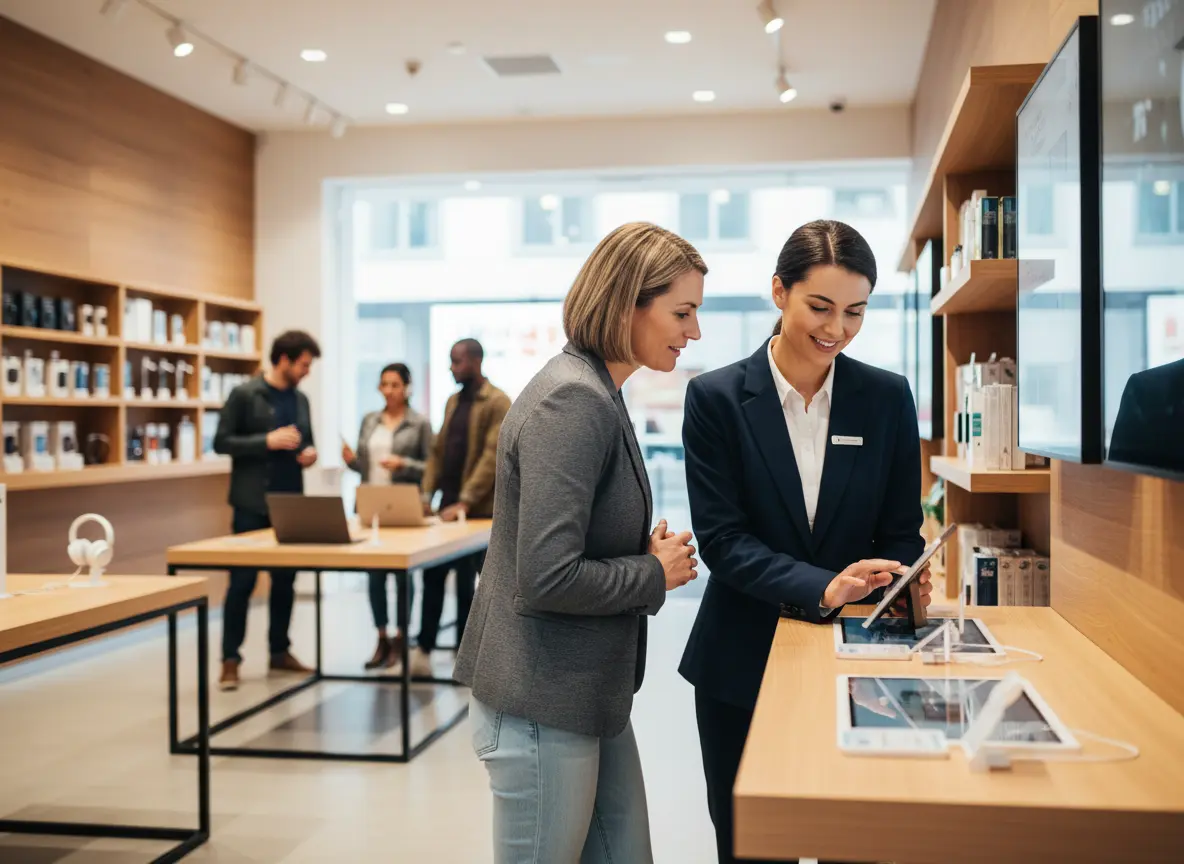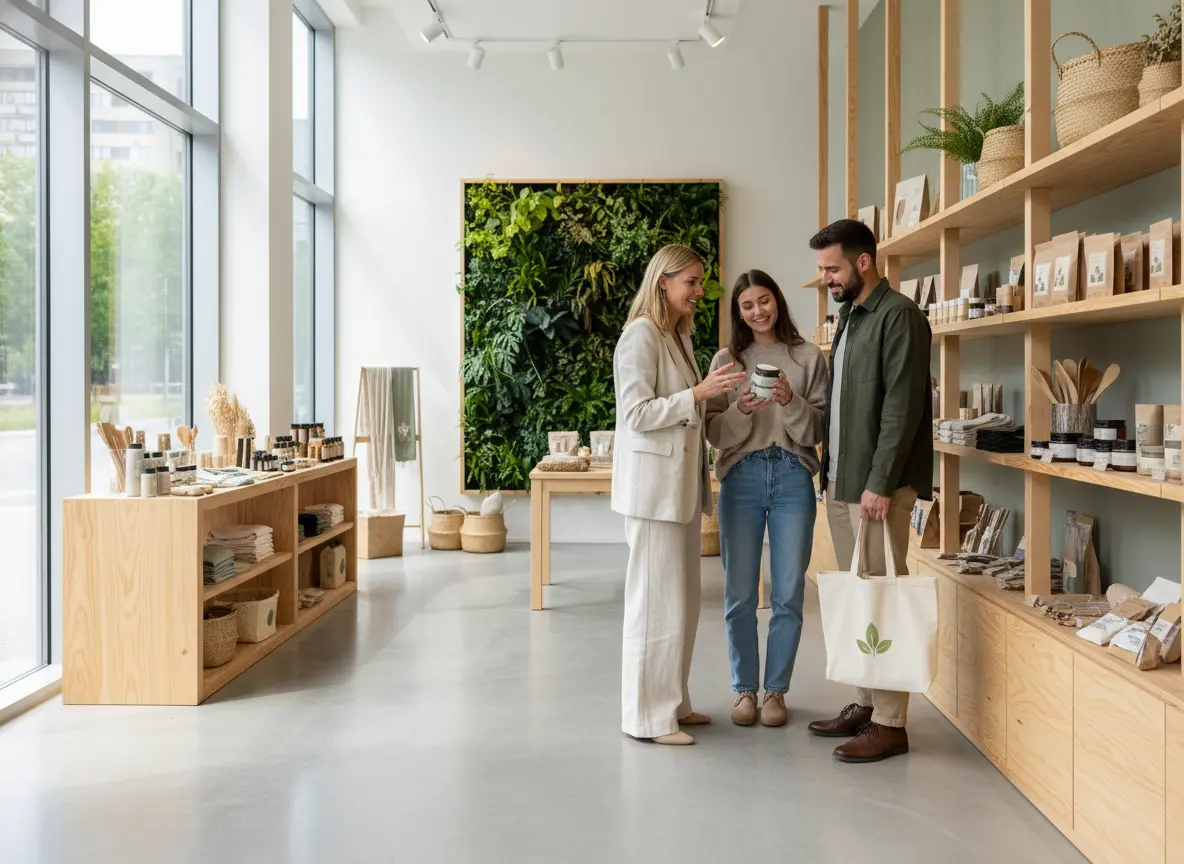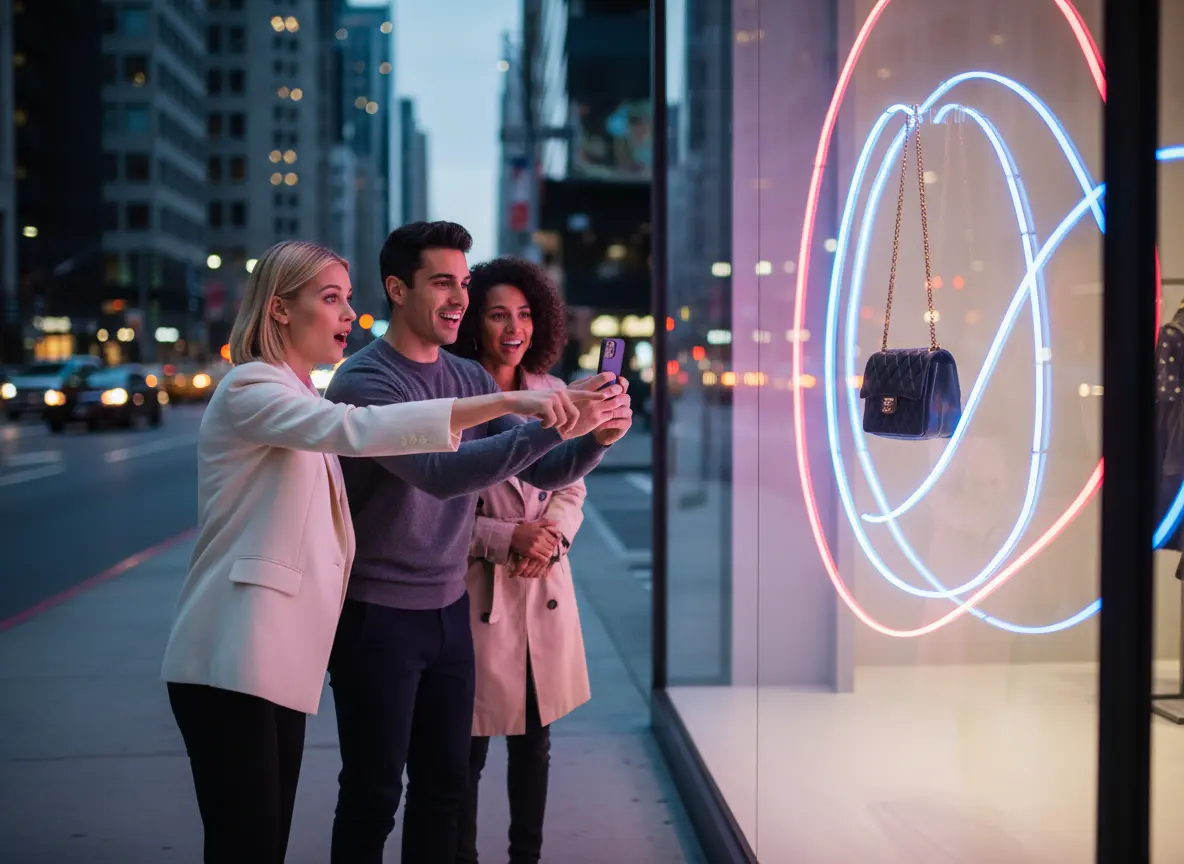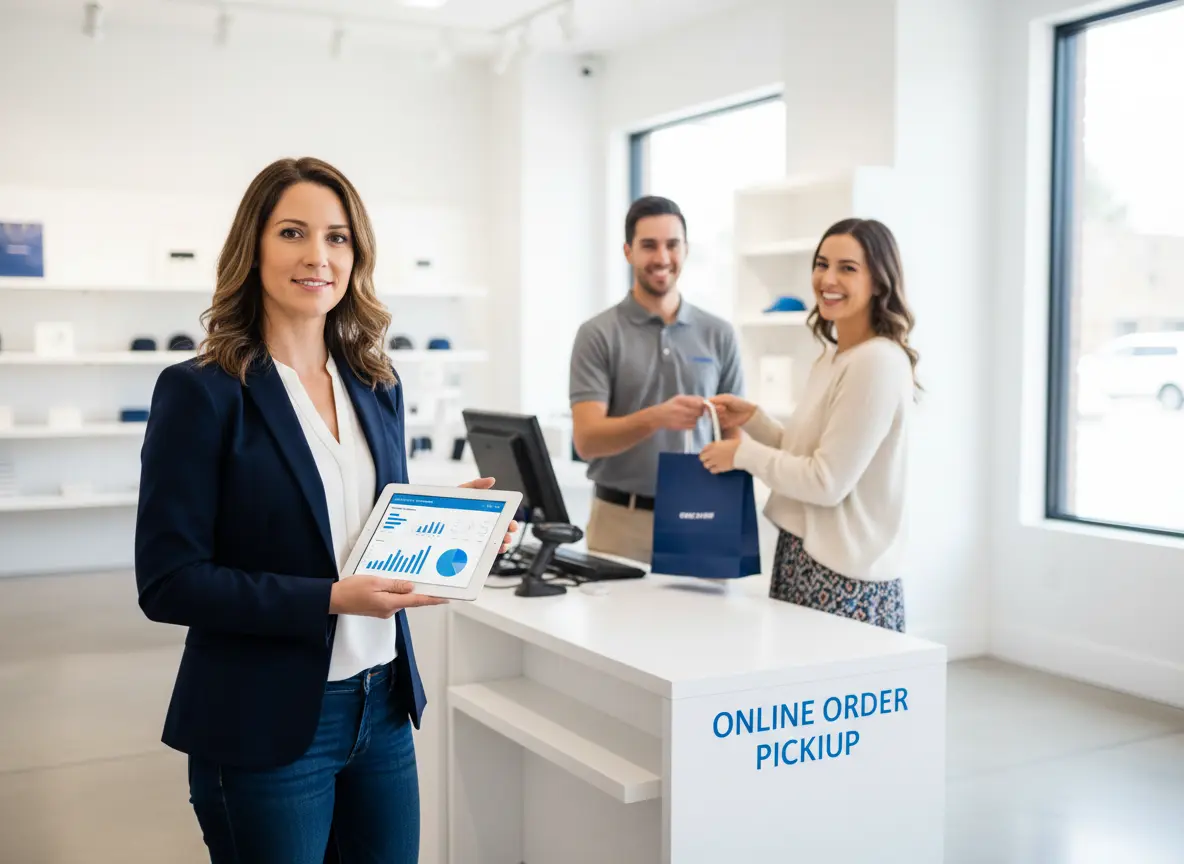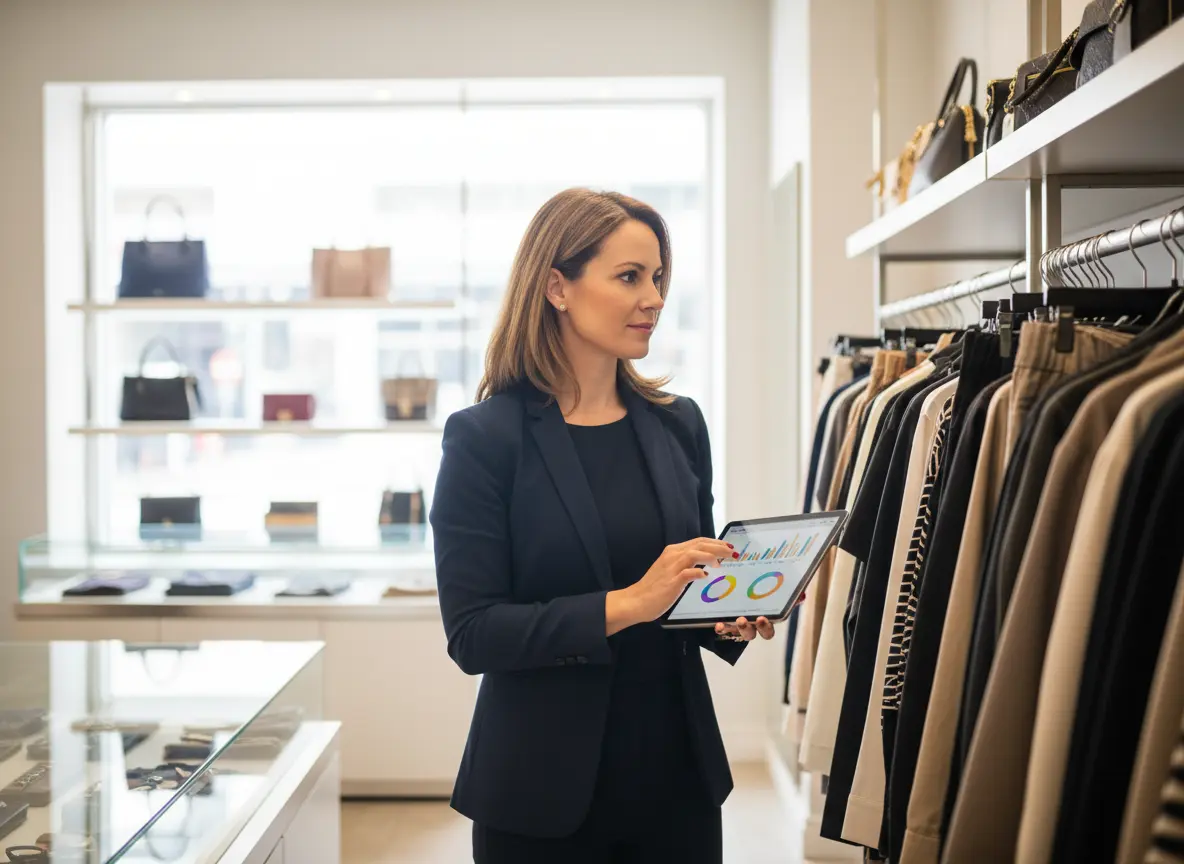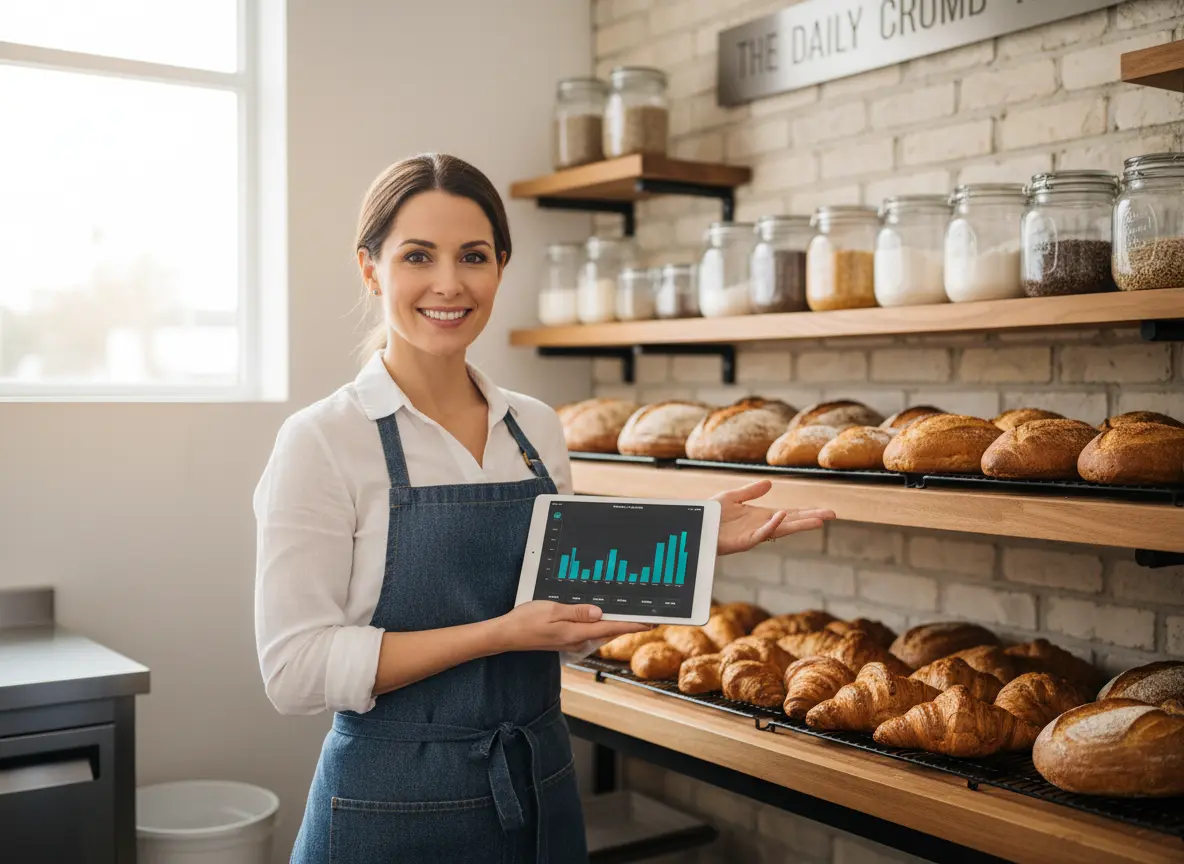So, You Want to Expand? Let’s Talk About Retail Commitment Issues
Ah, commitment. In life, it’s complicated. In retail, it’s a 10-year lease with triple-net fees and a personal guarantee that makes your palms sweat. You’ve been eyeing that trendy neighborhood across town, the one filled with dog-walking millennials who seem to have an endless appetite for artisanal everything. Or maybe you’ve designed a new product line so brilliant, so revolutionary, it’s destined to be the next big thing... or to collect dust in your stockroom for eternity. How do you know if you should take the plunge?
Let's be honest, signing a long-term lease based on a "good feeling" is the business equivalent of getting a tattoo of your new partner's name on the second date. It’s a bold move, and one you’ll probably regret. The stakes are high, the costs are terrifying, and the potential for a very public, very expensive failure is all too real.
Enter the pop-up shop: the retail world’s answer to dating before marriage. It’s your chance to test the waters, to flirt with a new market, to see if your brilliant new products get a swoon or a shrug—all without the soul-crushing commitment. Think of it as a low-risk, high-reward experiment in growing your empire.
Dating Your Next Location: Why Pop-Ups Are Your Best Wingman
Before you hire the movers and sign away your firstborn for a decade of rent, it’s time to play the field. A pop-up shop is your ultimate reconnaissance mission, allowing you to gather intel, build hype, and make sure your next big move is a smart one, not just a hopeful one.
Low Risk, High Reward: The Financial Genius of Temporary
Let’s talk numbers, shall we? The average commercial lease requires a massive security deposit, first and last month's rent, and a commitment that lasts longer than most Hollywood marriages. The overhead is a monster. With a pop-up, you’re looking at a short-term rental—weeks or months, not years. This means significantly lower upfront costs, less inventory commitment, and the flexibility to staff up or down as needed. The pop-up industry is now a bustling $50 billion market for a reason: it’s a financially sane way to test an idea. Remember that time you considered a spot in that "up-and-coming" neighborhood that’s still just… coming? A pop-up lets you test that theory without betting the entire farm.
Location, Location, Location (But Without the Lifetime Commitment)
Choosing a pop-up location isn’t about finding the cheapest empty box. It’s about finding the right audience. Your goal is to get your products in front of the people you think will love them. So, how do you find this magical place?
- Demographic Deep Dive: Use data to find neighborhoods where your target customer lives, works, and plays. If you sell high-end strollers, you probably don’t want to set up shop next to a college dive bar.
- Find Your Neighbors: Look for complementary, non-competing businesses. A handmade jewelry store might do brilliantly next to a popular bridal boutique. You can piggyback on their existing foot traffic.
- The "Shop-in-Shop" Strategy: Don't have the resources for a standalone space? Consider partnering with a larger, established retailer to rent a small section of their store. It’s a great way to get in front of a built-in customer base.
Creating Hype That Actually Converts
A pop-up isn't just a store; it's an event. Its temporary nature creates a powerful sense of urgency. “Get it before it’s gone!” is a much more compelling sales pitch than “Eh, we’ll be here forever.” Use this to your advantage. Flood social media with countdowns, behind-the-scenes peeks, and collaborator announcements. Partner with local influencers who can make a stack of your products look like a curated art installation. Host an opening night party—because free prosecco and tiny appetizers have been known to create lifelong customers.
Your Pop-Up's Secret Weapon for Maximum Data (and Sales)
A successful pop-up isn't just measured in dollars. It’s measured in data. This is your golden opportunity to learn what makes your customers tick. But with a lean staff running around, how do you capture every crucial interaction? You bring in a little help. The kind that doesn't need coffee breaks.
Gathering Intel Like a Retail Spy
What products did customers pick up first? What were the most common questions about your new clothing line? Which promotion actually got people to the back of the store? These are the million-dollar questions. But your single employee is busy handling the POS system and refolding shirts. This is where you can deploy a secret weapon. Imagine a team member at the entrance who greets every single person, flawlessly pitches your daily special, answers FAQs, and logs every single interaction for you to analyze later. That's precisely what an AI retail assistant like Stella is designed to do. She can track which promotions are getting the most questions and attention, gather direct customer feedback, and free up your human staff to handle high-touch sales and build real relationships.
A Consistent Brand Voice, Even on a Short-Term Gig
Maintaining brand consistency can be tough with temporary staff in a temporary location. You want every customer experience to be as polished in your three-week pop-up as it is in your flagship store. An automated assistant ensures that. A friendly face like Stella provides every shopper with the same perfectly-on-brand greeting, accurate information about your policies, and helpful product suggestions. No more worrying if the temp you hired remembers the return policy or the key features of your best-selling item. She’s your reliable brand ambassador, ensuring a professional and consistent experience, every time.
The Pop-Up Playbook: From Concept to Closing Day
Alright, you're convinced. You’re ready to dip your toe into the pop-up pool. But before you dive in, you need a plan. Winging it is for karaoke night, not for your business. Here's a simple, actionable playbook to guide you.
Step 1: Define Your Mission (Should You Choose to Accept It)
Before you even browse for spaces, you need to answer one question: Why are you doing this? And no, "to make a boatload of money" isn't a specific enough goal. Get granular. Are you trying to:
- Test the viability of a new neighborhood for a permanent location?
- Gauge customer interest in a new, high-risk product line?
- Build brand awareness in a new city?
- Liquidate excess inventory without devaluing your brand through a massive online sale?
Your primary goal will dictate your location, your marketing, your inventory, and how you measure success. Be crystal clear on your "why" before you get to the "how."
Step 2: The Nitty-Gritty Logistics (The Not-So-Fun But Very-Necessary Part)
This is the part where you trade your creative genius hat for your practical, spreadsheet-loving accountant hat. It’s less glamorous, but it’s what separates a successful pop-up from a cautionary tale. Your checklist should include:
- Budgeting: Account for everything. Rent, insurance, permits, staffing, marketing, fixtures (you can often rent these), a reliable POS system, and a healthy miscellaneous fund for things like emergency lightbulb runs and "we-need-more-cupcakes-for-the-launch-party" crises.
- Legal & Admin: Read your short-term lease agreement. Then read it again. Understand your insurance obligations and secure any necessary business permits from the city. Don't let paperwork be your downfall.
- Technology: There is no greater sin in modern retail than a faulty Wi-Fi or a finicky credit card reader. Test your tech setup relentlessly. Ensure your POS system is ready to go and can handle the transactions you're anticipating.
Step 3: Measuring Success (Because 'Good Vibes' Don't Pay the Bills)
When the last customer has left and you're packing up the boxes, how will you know if it was all worth it? You need to look at the data, not just the final sales number. Track everything against the goals you set in Step 1.
- Quantitative Metrics: Sales revenue, transaction volume, foot traffic, number of new email subscribers collected, and website traffic from the new location.
- Qualitative Metrics: What was the customer feedback? What questions were asked most frequently? What were the social media comments and mentions like?
If your goal was to test a new product, did it sell? What did people say about it? If your goal was to test a new neighborhood, did you get the foot traffic you expected? Did the demographics match your customer profile? This data is the real prize—it will inform your strategy for years to come.
A Quick Reminder About Stella
While you're masterminding your pop-up world tour, don't forget about your home base. An AI retail assistant like Stella can hold down the fort, ensuring every customer at your permanent store gets a flawless experience while you focus on growth. She’s the reliable, professional, and friendly face that keeps your business running smoothly, whether you're there or not.
Stop Wondering and Start Popping
The fear of the unknown can be paralyzing for any business owner. But growth requires taking calculated risks. The pop-up shop is the ultimate calculated risk—a chance to experiment, learn, and grow without betting the entire company on a single move. It’s your real-world focus group, your marketing stunt, and your product development lab all rolled into one short-term, high-impact package.
So, what’s that big idea you’ve been sitting on? That untapped market you’ve been dreaming about? It’s time to stop wondering “what if?” and start finding out. The perfect location and the perfect customer are out there waiting. Go on, take the plunge. It’s just a temporary one.
